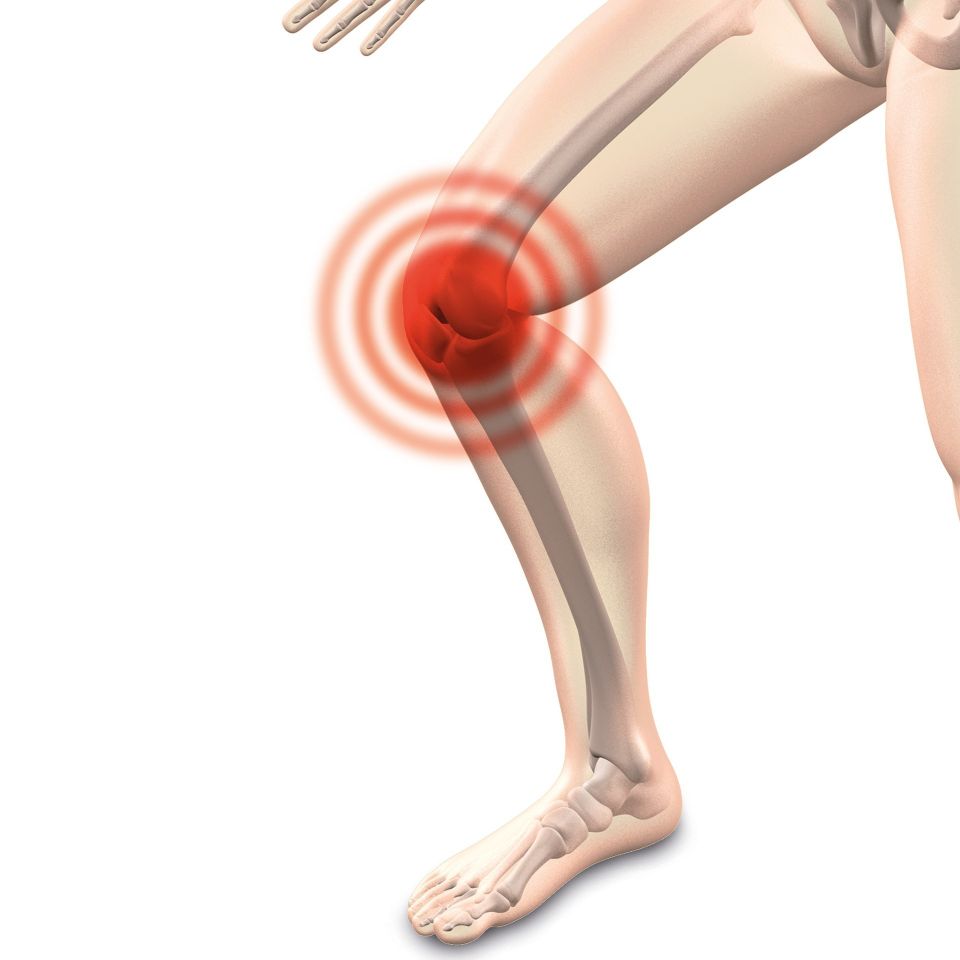
Could I Have Arthritis?
MAY 2021
Arthritis is not one specific disease. Rather, it’s a name used for inflammation or swelling in one or more joints. In fact, the U.S. Centers for Disease Control (CDC) recognizes arthritis as more than 100 conditions that can negatively impact the joints and their surrounding tissues. These include rheumatoid arthritis, juvenile arthritis, fibromyalgia, gout and lupus.
The most common type of arthritis is osteoarthritis (OA), which affects more then 30 million adults in the U.S. OA is caused by a breakdown of cartilage in the joints, which leads to the bones rubbing against each other. It can happen in any joints, but it most frequently affects the hips, knees, and hands.
Signs that you may have OA
People who have OA typically experience one or more of the following in the affected joints:
Risk factors for OA
While anyone can develop OA, some people are more likely to be affected than others. Women are at greater risk for having OA than men. Other risk factors include:
If you suspect you have OA, see a doctor. A physical exam, the history of your condition, lab work and X-rays can be used to diagnose OA.
Arthritis is not one specific disease. Rather, it’s a name used for inflammation or swelling in one or more joints. In fact, the U.S. Centers for Disease Control (CDC) recognizes arthritis as more than 100 conditions that can negatively impact the joints and their surrounding tissues. These include rheumatoid arthritis, juvenile arthritis, fibromyalgia, gout and lupus.
The most common type of arthritis is osteoarthritis (OA), which affects more then 30 million adults in the U.S. OA is caused by a breakdown of cartilage in the joints, which leads to the bones rubbing against each other. It can happen in any joints, but it most frequently affects the hips, knees, and hands.
Signs that you may have OA
People who have OA typically experience one or more of the following in the affected joints:
- Pain or aching.
- Swelling
- Stiffness — especially in the morning or after inactivity (e.g., having stiff knees after a long car ride).
- Decreased range of motion. This means your joint can’t move as well as it used to.
Risk factors for OA
While anyone can develop OA, some people are more likely to be affected than others. Women are at greater risk for having OA than men. Other risk factors include:
- Age. The older you are, the greater your risk is.
- Obesity. The more overweight you are, the greater your risk, especially in weight-bearing joints like knees and hips.
- Genetics. You’re more likely to develop OA if a family member has it.
If you suspect you have OA, see a doctor. A physical exam, the history of your condition, lab work and X-rays can be used to diagnose OA.
